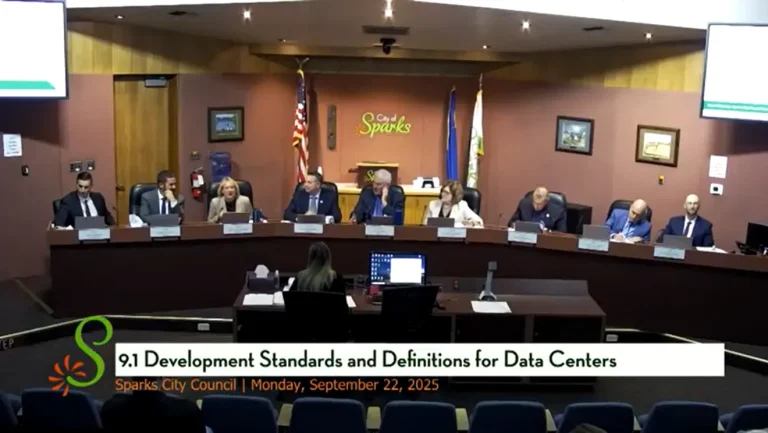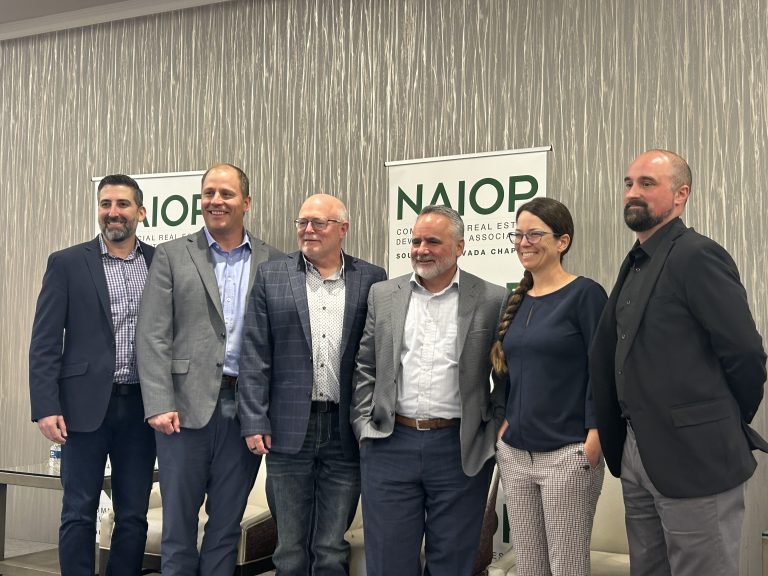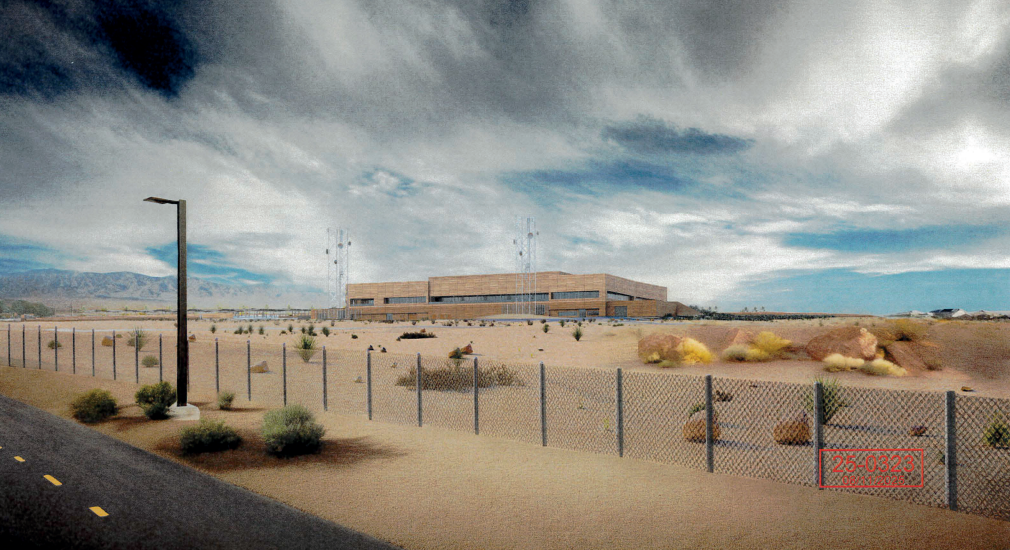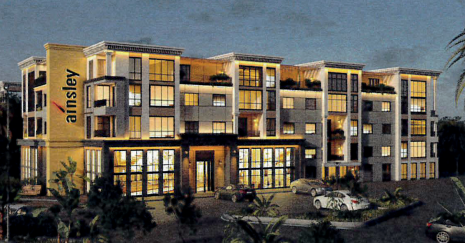By National Association of Home Builders
Confidence in the market for new multifamily housing showed mixed results year-over-year in the third quarter, according to results from the Multifamily Market Survey released by the National Association of Home Builders.
The MMS produces two separate indices. The Multifamily Production Index had a reading of 40, up two points year-over-year, while the Multifamily Occupancy Index had a reading of 75, down seven points year-over-year.
The MPI measures builder and developer sentiment about current production conditions in the apartment and condo market on a scale of 0 to 100. The index and all its components are scaled so that a number below 50 indicates that more respondents report conditions are poor than report conditions are good.
The MPI is a weighted average of four key market segments: three in the built-for-rent market (garden/low-rise, mid/high-rise and subsidized) and one in the built-for-sale (or condominium) market. All four of the components were below the break-even point of 50: the component measuring garden/low-rise increased three points to 48, the component measuring mid/high-rise units remained even at 28, the component measuring subsidized units rose seven points to 46 and the component measuring built-for-sale units posted a three-point decline to 29.
The MOI measures the multifamily housing industry’s perception of occupancies in existing apartments on a scale of 0 to 100. The index and all its components are scaled so that a number above 50 indicates more respondents report that occupancy is good than report it is poor. The reading of 75 indicates existing apartment owners are positive about occupancy, though somewhat less positive than one year ago.
The MOI is a weighted average of three built-for-rent market segments (garden/low-rise, mid/high-rise and subsidized). All three components remain solidly in positive territory above 50: the component measuring garden/low-rise units fell seven points to 77, the component measuring mid/high-rise units dropped eight points to 66 and the component measuring subsidized units declined three points to 86.
“Demand for rental apartments remains strong enough to support relatively high occupancy rates in existing projects,” said Tom Tomaszewski, chairman of NAHB’s Multifamily Council. “However, construction costs, the cost and access to financing and the availability of land and regulations remain significant obstacles to new multifamily development.”
“The relatively pessimistic MPI of 40 is consistent with multifamily construction starts that have declined from annualized rates above 450,000 from 2021 through mid-2023, to under 350,000 as of September 2024,” said NAHB Chief Economist Robert Dietz. “We expect multifamily construction to remain weak for another year as the market works through a substantial number of units under construction, before beginning to move back to long-term trends toward the end of 2025.”
The MMS was re-designed last year to produce results that are easier to interpret and consistent with the proven format of other NAHB industry sentiment surveys. Until there are enough data to seasonally adjust the series, changes in the MMS indices should only be evaluated on a year-over-year basis. (Source)








































































